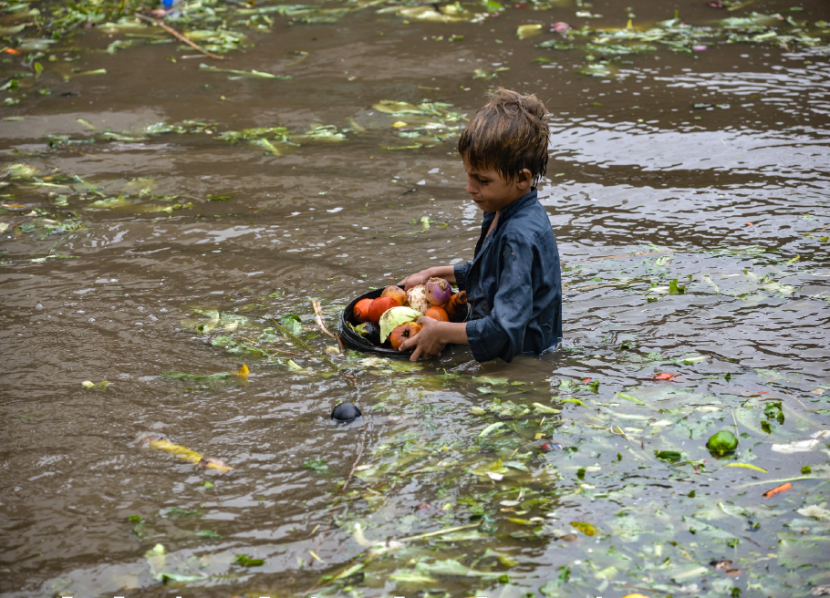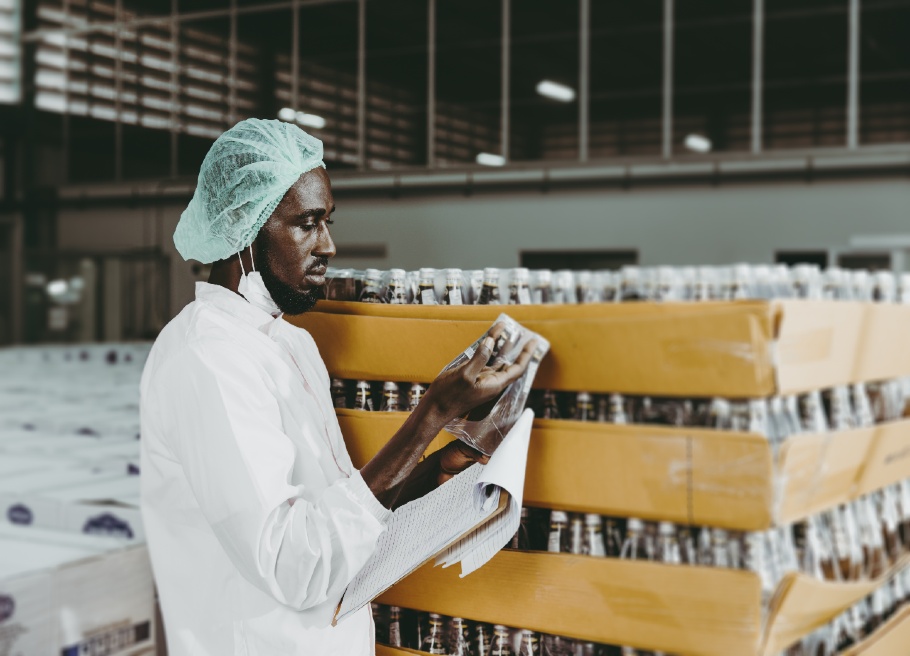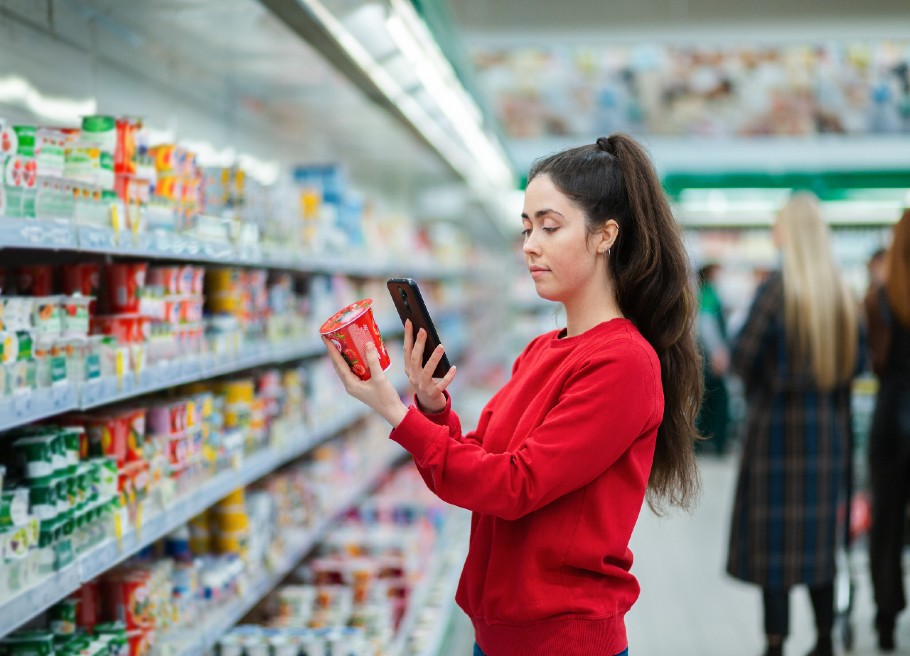How Global Events are Reshaping Food Safety Strategies
By Andrea Tolu
When the Covid-19 pandemic hit in 2020—in the words of the OECD, the Organisation for Economic Co-operation and Development— “it placed unprecedented stresses on food supply chains, with bottlenecks in farm labour, processing, transport and logistics.”
More than three years later, the pandemic has officially ended, but the stress test for the food supply chain is still underway. The war between Ukraine and Russia—two of the largest exporters of wheat and sunflower oil—and the increasingly severe consequences of climate change have hindered the return to normality for food manufacturers, forcing them to deal with scarcity and increased price volatility of commodities, higher energy costs, and lower crop yields.
This complex scenario is having an impact on food safety too. One direct consequence of the shortage of certain commodities is a higher risk of food fraud.
If commodities are scarce, their price will go up, creating an opportunity on the market for cheaper adulterated products,” said Rob Kooijmans, CEO of the Food Strategy Institute, a consultancy firm that helps food manufacturers with quality, safety, change management, and strategy. Food fraud can easily become a serious food safety issue. For example, there have been more cases of sunflower oil being adulterated with mineral oil and high levels of pesticides.”
More than three years later, the pandemic has officially ended, but the stress test for the food supply chain is still underway.
Increase the frequency of onsite audits and testing
As Kooijmans explains, auditing suppliers in person is the first step to reducing the risk of food fraud. In a global market, however, onsite audits might not always be possible, and even if an audit goes well today, there’s no guarantee that the supplier won’t commit fraud tomorrow. The only failsafe method is testing.
“Have independent surveyors test your shipment,” Kooijmans said. “For instance, if you buy a 20-ton truck of sunflower oil, the surveyor will take a sample from the truck, seal the shipment, and send you a picture of the seal with the number. If, by the time the shipment arrives, the test was negative and the seal is still intact and has the same number, then you can accept it.”
“If it’s an entire shipload, you could stipulate in the contract that you’re going to test it before it’s gone through customs. If you find any issues you will send it back, and the supplier will bear the cost. Such a term, however, might be more difficult to negotiate.”
Extreme weather’s impact on pathogen risk
Increasing temperatures and extreme weather are also having consequences for food safety.
“In 2021, the summer was very hot in Canada and the U.S., but very rainy in Europe, while in 2022 it was the other way round,” said Kooijmans. “Whenever there’s a wet summer during harvesting, especially of wheat and corn, there’s a much higher risk of growth of Aspergillus moulds. Some of these moulds create aflatoxin, which is toxic and carcinogenic, and cannot be killed by cooking.”
Farmers are aware of this phenomenon and will increase the frequency of aflatoxin testing following wet harvests. The problem, however, is that it’s very difficult to have statistically valid aflatoxin test results in large lots.
“Aflatoxin in grains is present in small spots. When you have the content of a 20-ton or even a 100-ton silo ready to be shipped, you might take 100 samples in different areas and find no aflatoxin, although it’s probably there,” Koojimans said. “In normal dry conditions, however, its incidence is around 1%, which is very low. In humid conditions, it would be much higher. However, even if you take 200 samples, you might still find nothing.”
Since testing will only protect you so far against aflatoxin contamination, another way to enhance detection is to use optical sorting systems that allow you to inspect the entire lot and detect the colour difference of contaminated grains.
Other ways to minimize aflatoxin exposure include postharvest techniques such as ammonification, hydrated oxides, and the use of biological methods such as Aflasafe.
Specific risks aside, food businesses can protect themselves from uncontrollable global events by being more aware of what is happening around them.
Monitor Recall Databases
“You should already be following your national recall database regularly, or using a tool like Horizon Scan so that you understand what is happening in the global market.,” says Kooijmans.
“For example, if you buy wheat in the U.S. and you know that the weather during the summer was humid, you can start asking your supplier how they’re managing the risk of aflatoxin contamination: are they doing more tests, or do they also use an optical shorting system?” Kooijmans said.
Building Diversity in the Supply Chain
Another effective practice to build resilience in food safety programs is the diversification of suppliers.
“Don’t put all your eggs in one basket. Even in normal times, you should start looking for a dual or even a triple point of supply in order to spread the risk. It will cost you a little bit extra, but it can save the day for you when an emergency strikes.”
About the author:
Andrea Tolu is a freelance writer who works with companies in the food and hospitality industries. Other than food safety, he writes regularly about food regulations, ingredients, and restaurant technology.

-
 FeaturedRisk management
The Cost of a Breach: What a Cyberattack Could Mean for Food Safety Recalls
FeaturedRisk management
The Cost of a Breach: What a Cyberattack Could Mean for Food Safety Recalls
-
 FeaturedRisk management
Securing the Food Chain: How ISO/IEC 27001 Strengthens Cybersecurity
FeaturedRisk management
Securing the Food Chain: How ISO/IEC 27001 Strengthens Cybersecurity
-
 FeaturedRisk management
Revolutionizing Food Safety Training: Breaking Out of the “Check-the-Box” Mentality
FeaturedRisk management
Revolutionizing Food Safety Training: Breaking Out of the “Check-the-Box” Mentality
-
 GFSI Standards
GFSI 2025: Building Trust, Tech-Forward Solutions, and Global Unity in Food Safety
GFSI Standards
GFSI 2025: Building Trust, Tech-Forward Solutions, and Global Unity in Food Safety
-
 FeaturedFood Safety
Integrated Pest Management: Strategies to Protect Your Brand’s Reputation
FeaturedFood Safety
Integrated Pest Management: Strategies to Protect Your Brand’s Reputation
-
 FeaturedFood Safety Culture & Training
No Open Door Policy: Challenges That Impact Pest Control in Food Processing Plants
FeaturedFood Safety Culture & Training
No Open Door Policy: Challenges That Impact Pest Control in Food Processing Plants




